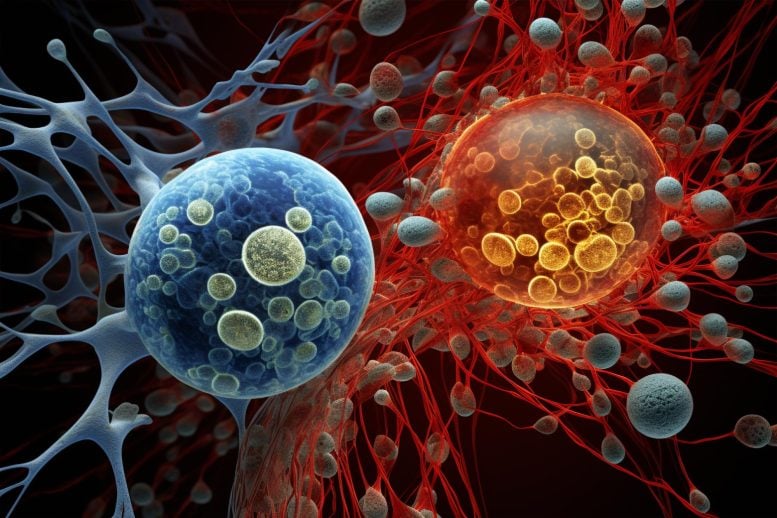
Researchers have developed a theoretical model to understand cellular communication and movement. Their latest findings could have significant implications for wound healing, with early computer simulations showing promise for improving the flow of information to accelerate healing. applications for wound healing.
The physics of cell communication: ISTA scientists successfully model cell dynamics.
Like us, cells communicate. Well, in their own special way. Using waves as their common language, cells tell one another where and when to move. They talk, they share information, and they work together – much like the interdisciplinary team of researchers from the Institute of Science and Technology Austria (ISTA) and the National University of Singapore (NUS). They conducted research on how cells communicate – and how that matters to future projects, e.g. application to wound healing.
Biology may evoke images of animals, plants, or even theoretical computer models. The last association might not immediately come to mind, yet it is crucial in biological research. Complex biological phenomena, even the minutest details, can be understood through precise calculations. ISTA Professor Edouard Hannezo utilizes these calculations to comprehend physical principles in biological systems. His team’s recent work provides new insights into how cells move and communicate within living tissue.
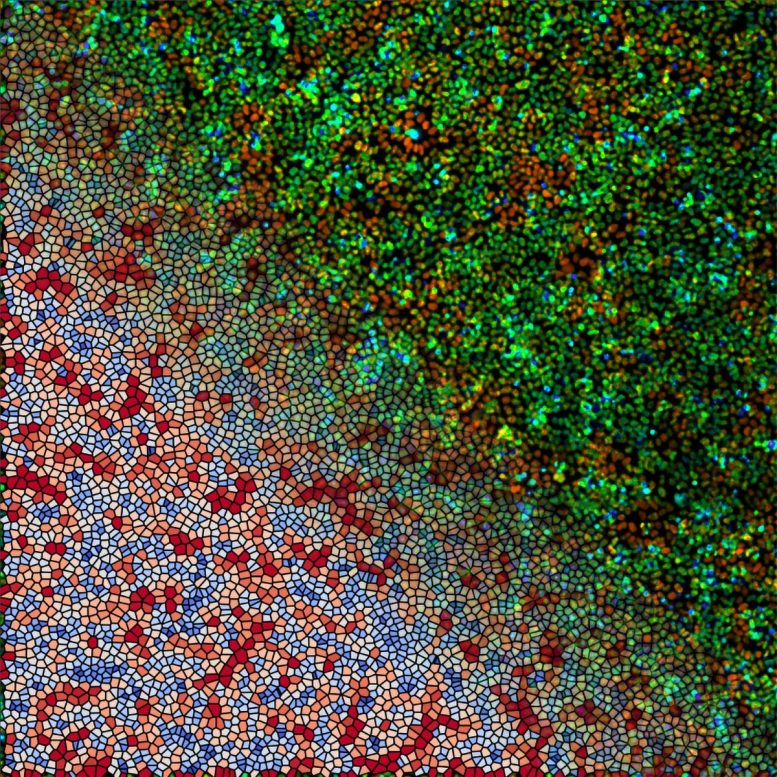
A magnificent flurry of colors. It shows the activation of a chemical signaling pathway (ERK pathway; top-right) merged with a simulation of 2D cell areas (bottom-left) in a monolayer of cells. Credit: © Hannezo group/ISTA
Cell Movement and Communication: A Theoretical Model
During his PhD, Daniel Boocock, along with Hannezo and long-term collaborator Tsuyoshi Hirashima from the National University of Singapore, developed a detailed new theoretical model. Published on July 20 in the journal PRX Life, this model enhances our understanding of long-range cell-cell communication. It delineates the intricate mechanical forces exerted by cells and their biochemical activity.
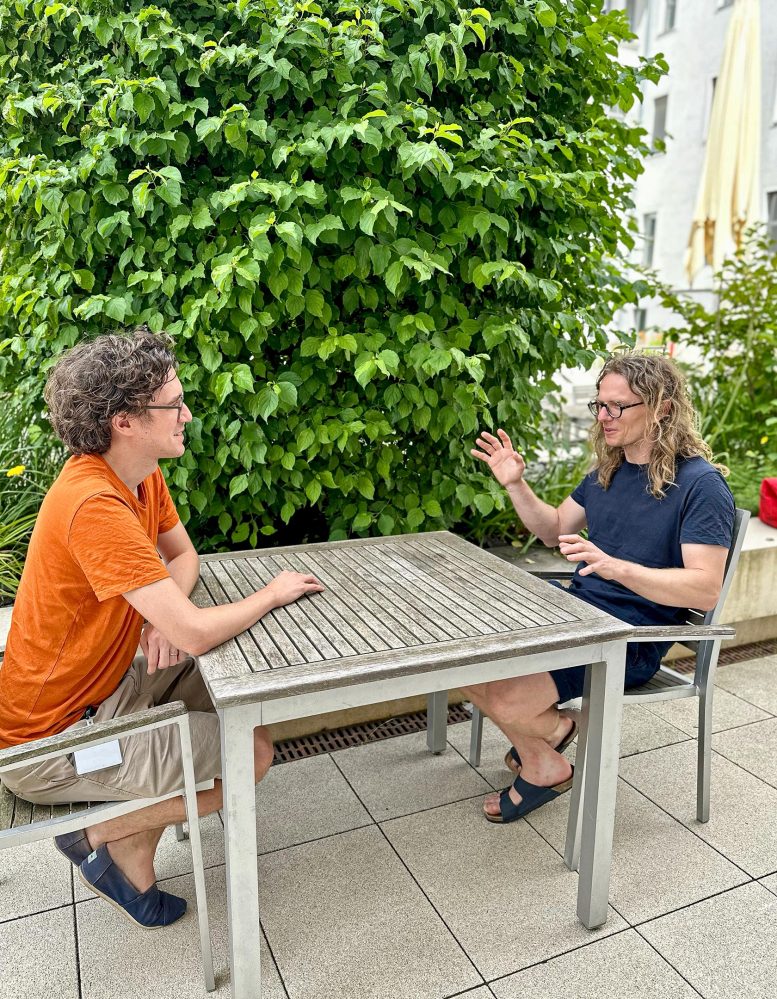
The physics side of biology. ISTA Professor Edouard Hannezo (left) and recent ISTA graduate Daniel Boocock (right) use theoretical physics to understand biological complexity. Credit: (c) ISTA
Cells Communicate in Waves
“Let’s say you have a Petri dish that is covered with cells—a monolayer. They appear to just sit there. But the truth is they move, they swirl, and they spontaneously make chaotic behaviors,” Hannezo explains.
Similar to a dense crowd at a concert, if one cell pulls on one side, another cell senses the action and can react by either going in the same direction or pulling the opposite way. Information can then propagate and travel in waves—waves that are visible under a microscope.
“Cells not only sense mechanical forces but also their chemical environment—forces and biochemical signals cells are exerting on each other,” Hannezo continues. “Their communication is an interplay of biochemical activity, physical behavior, and motion; however, the extent of each mode of communication and how such mechanochemical interplays function in living tissues has been elusive until now.”
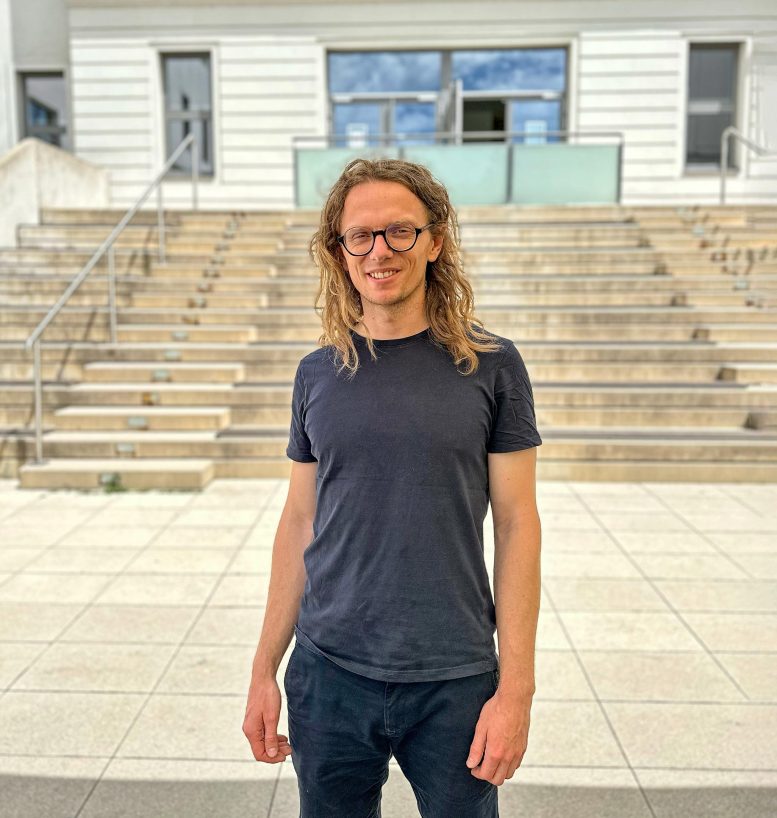
ISTA Graduate Daniel Boocock at the ISTA Campus. Credit: (c) ISTA
Predicting Movement Patterns
Inspired by the visible wave patterns, the scientists aimed to create a theoretical model that would validate their previous theories on cell movement. Daniel Boocock elaborates, “In our earlier work, we wanted to uncover the biophysical origin of the waves and whether they play a role in organizing collective cell migration. However, we hadn’t considered the liquid-solid transition of the tissue, the noise inherent in the system, or the detailed structure of the waves in 2D.”
Their latest computer model pays attention to cell motility and material properties of the tissue. With it, Boocock and Hannezo found how cells communicate mechanically and chemically and how they move. They were able to replicate the phenomena observed in Petri dishes, verifying a theoretical explanation of cell communication based on physical laws.
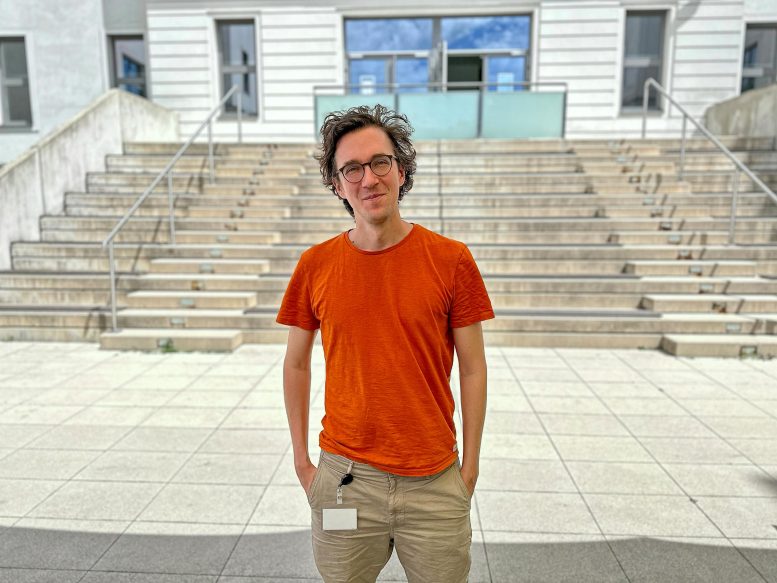
ISTA Professor Edouard Hannezo at the ISTA campus. He leads the research group on Physical Principles in Biological Systems. Credit: (c) ISTA
Testing the theory
For experimental proof, Boocock and Hannezo collaborated with biophysicist Tsuyoshi Hirashima. To rigorously test whether the new model is applicable to real biological systems, scientists used 2D monolayers of MDCK cells—specific mammalian kidney cells—that are a classical in vitro-model for such research.
“If we inhibited a chemical signaling pathway that allows cells to sense and generate forces, the cells stopped moving and no communication waves spread,” Hannezo explains. “With our theory, we can easily change different components of the complex system and determine how the dynamics of the tissue adapt.”
What’s next?
Cellular tissue exhibits properties similar to liquid crystals: it flows like a liquid but is organized like a crystal. Boocock adds: “In particular, the liquid crystal-like behavior of biological tissue has only been studied independently of mechanochemical waves.” An extension to 3D tissues or monolayers with complex shapes, just as in living organisms, is one possible future avenue of investigation.
The researchers have also begun to refine the model for wound healing applications. Where parameters improve the flow of information, healing has been accelerated—in computer simulations. Hannezo adds enthusiastically, “What’s really interesting is how well our model would work for wound healing in cells within living organisms.”
Reference: “Interplay between Mechanochemical Patterning and Glassy Dynamics in Cellular Monolayers” by Daniel Boocock, Tsuyoshi Hirashima and Edouard Hannezo, 20 July 2023, PRX Life.
DOI: 10.1103/PRXLife.1.013001

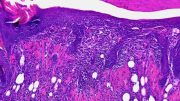
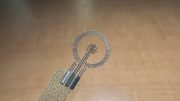
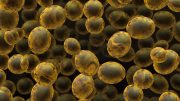
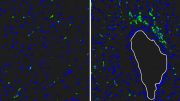
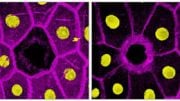
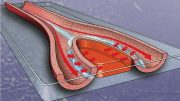
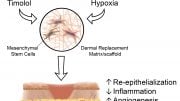
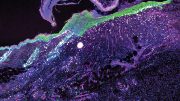
I had inkling 35 years ago on concept of ageing and cellular communication. Students in my collage were fecenated by concept.i was not aware how to communicate the idea No Internet it was in Saurastra University India.
I am very interested